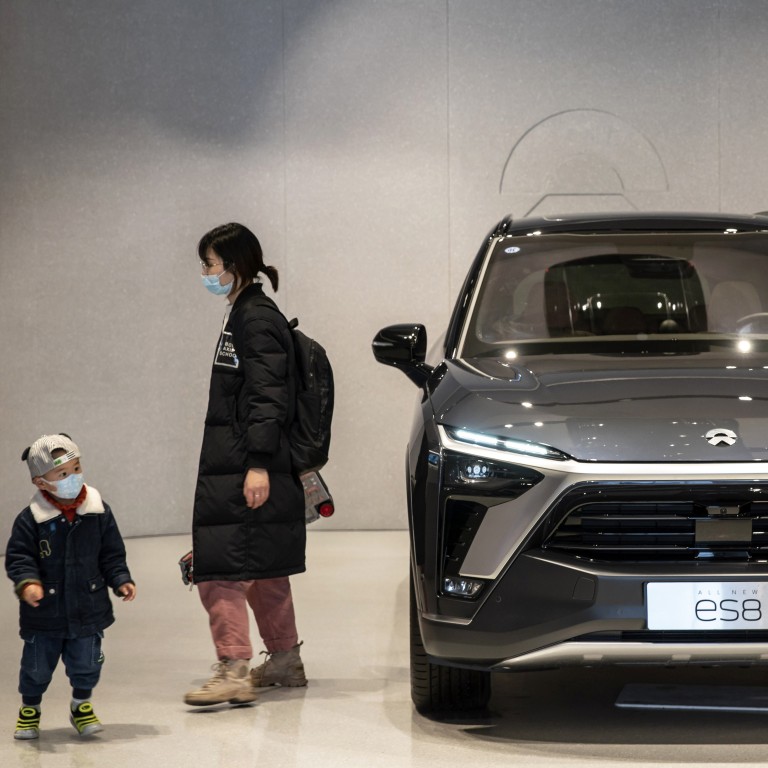
Can Chinese EV makers get a jump on Tesla and tap partners in Southeast Asia for expansion?
- Despite the popularity and reach of Tesla, Chinese EV brands have a good chance of dominating the emerging market in Southeast Asia
- And Indonesia, with its abundant nickel resources and large market, would make an ideal partner
The world is in transition with regards to energy sources, especially in the transport sector, where the shift from cars powered by fossil fuels to electric vehicles using batteries and hydrogen fuel cells is gaining pace. Electric vehicle manufacturers from various countries are now competing against China, the world’s largest source of electric vehicle sales and business.
Many others are eyeing the market. In the Middle East, Saudi Arabia reportedly plans to work with Lucid Motors, a car manufacturer from California, to develop an electric car. The kingdom’s sovereign wealth fund is reportedly ready to provide the funds needed to build an electric vehicle ecosystem with Lucid.
It will take time for such plans to bear fruit, however. For now, no other competitor in the region can threaten the dominance of Chinese brands, which have a proven track record in electric vehicles.
China EV war: Top 5 electric vehicle fundraisers to watch out for in 2021
Southeast Asia, which has a large vehicle market, is still struggling to promote EV use on the roads. This makes it the ideal market to tap. Car manufacturers from Japan and South Korea have traditionally dominated the Southeast Asian market, with competitors from the US, Europe and China, in addition to home-grown brands, making up the rest. The transition to EVs has opened up competition.
Chinese electric car manufacturers are expected to turn their attention to the Southeast Asian market. Wuling Hongguang’s Mini EVs were seen on the streets of the Philippines this month, for example, and more are likely to follow.
In recent years, Japanese carmakers such as Toyota and Honda have also introduced electric vehicles in Southeast Asia. South Korea’s Hyundai is also planning to move its Asia-Pacific headquarters from Malaysia to Indonesia, in view of the opportunities to tap the potentially large EV market there.

The US-China rivalry in the EV market is a story of David and Goliath. But Tesla remains confident that it can continue to innovate and lead the market.
Tesla, recharge: can China’s EV brands dethrone Elon Musk? Start-ups Li Auto, Nio and Xpeng are going global with cheaper electric cars for all
With Tesla’s plans in the rest of Asia still taking shape, this is an opportunity for Chinese manufacturers to dominate these Asian markets. EV manufacturers from China could work with Indonesia, which is well placed for such partnerships because of the abundance of its nickel resources, a key material in electric vehicle batteries. Indeed, Indonesia is the largest nickel producer in the world, accounting for about 30 per cent of global production in 2020.
Indonesia is preparing a road map for electric-based vehicles and building a nickel smelter specifically for EV battery raw materials. This is a distinct advantage for Chinese manufacturers looking for opportunities in the rest of Asia: Indonesia offers not only critical raw materials but its vehicle market is also large compared with the rest of Southeast Asia.
Akhmad Hanan is a researcher in energy security at the Purnomo Yusgiantoro Centre, a think tank based in Indonesia. Dr Luky Yusgiantoro is a member of the governing board of the Purnomo Yusgiantoro Centre



